Affordable Stem Cell Therapy for Liver Disease in Colombia
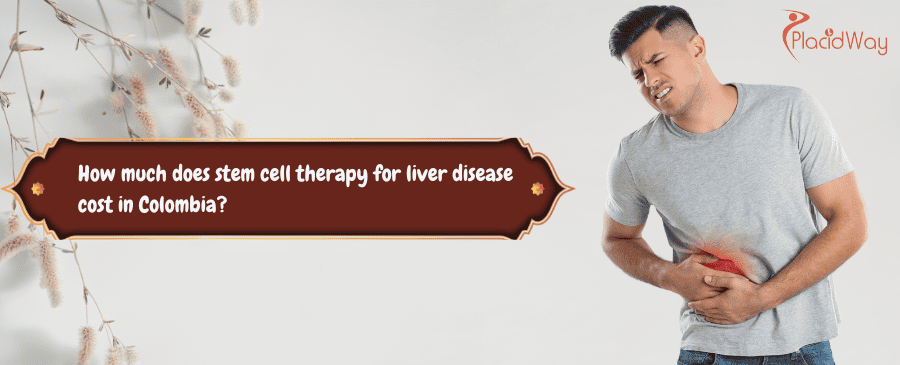
Liver disease is a growing global health concern, affecting millions and often leading to severe complications like cirrhosis and liver failure. For many, a liver transplant has historically been the only definitive solution for end-stage disease, but this comes with significant challenges, including organ shortages, high costs, and lifelong immunosuppression. In recent years, stem cell therapy has emerged as a promising alternative, offering regenerative potential for damaged liver tissue. Colombia has become a notable destination for stem cell treatments due to its advanced medical facilities and comparatively affordable prices.
This comprehensive guide will address key questions about stem cell therapy for liver disease in Colombia, providing clear answers and detailed explanations to help you understand this innovative treatment option. We'll delve into the costs, types of therapy, factors influencing pricing, and what to expect during your treatment journey in Colombia.
How much does stem cell therapy for liver disease cost in Colombia?
"Stem cell therapy for liver disease in Colombia typically ranges from $5,000 to $15,000 USD, depending on the type of therapy, the clinic, and the patient's specific condition."
The cost of stem cell therapy for liver disease in Colombia is significantly lower than in many Western countries, often 50-70% less than in the United States or Germany. This affordability is primarily due to lower operational costs in Colombia, including reduced labor and facility expenses, while maintaining high standards of medical care. The exact price can fluctuate based on whether autologous (using the patient's own cells) or allogeneic (using donor cells) stem cells are used, the severity of the liver condition, and the number of treatment sessions required.
What factors influence the cost of stem cell therapy for liver disease?
"Several factors influence the cost of stem cell therapy for liver disease, including the type of stem cells used (autologous vs. allogeneic), the number of treatment sessions, the severity of the liver disease, the clinic's reputation, and any additional services like pre-treatment assessments or post-treatment follow-ups."
The type of stem cell therapy chosen plays a significant role in the overall cost. Autologous stem cell therapy, which involves harvesting cells from the patient's own body (e.g., bone marrow or adipose tissue), tends to be less expensive, typically ranging from $5,000 to $10,000. Allogeneic stem cell therapy, utilizing donor cells, generally falls into a higher price bracket, often between $10,000 and $15,000, due to donor matching, procurement, and additional safety measures. The complexity and duration of the treatment protocol, including the number of cell infusions, also impact the final price.
What types of stem cells are used for liver disease treatment?
"The most commonly used types of stem cells for liver disease treatment are Mesenchymal Stem Cells (MSCs), which can be derived from various sources like bone marrow, adipose tissue, or umbilical cord tissue."
Mesenchymal Stem Cells (MSCs) are favored for their immunomodulatory properties and ability to differentiate into various cell types, including hepatocytes (liver cells), and their capacity to promote tissue regeneration and reduce inflammation.
- Autologous MSCs: These are harvested directly from the patient, often from their bone marrow or fat tissue. The advantage is a reduced risk of immune rejection.
- Allogeneic MSCs: These come from a healthy donor, frequently from umbilical cord blood or tissue. They can be readily available and offer a consistent cell product. The specific source and processing techniques of these cells can influence their effectiveness and, consequently, the treatment cost.
How does stem cell therapy work for liver disease?
"Stem cell therapy for liver disease works by leveraging the regenerative and anti-inflammatory properties of stem cells to repair damaged liver tissue, reduce fibrosis, and improve overall liver function."
When administered, stem cells can migrate to the site of liver damage. Once there, they exert several beneficial effects:
- Differentiation: They can differentiate into new, healthy liver cells, replacing those lost due to disease.
- Paracrine Effects: They secrete various growth factors, cytokines, and exosomes that stimulate the regeneration of existing liver cells, reduce inflammation, and inhibit the progression of fibrosis (scarring).
- Immunomodulation: They can modulate the immune system, reducing the autoimmune response that sometimes contributes to liver damage. This multi-faceted approach helps to restore liver function and slow disease progression.
What liver conditions can be treated with stem cell therapy?
"Stem cell therapy shows promise for a range of liver conditions, including liver cirrhosis (of various etiologies like viral hepatitis, alcoholic liver disease, and non-alcoholic fatty liver disease), autoimmune hepatitis, and liver fibrosis."
While research is ongoing, stem cell therapy has been explored for its potential to improve outcomes in several liver diseases. For liver cirrhosis, regardless of its underlying cause, stem cells aim to reduce the fibrous tissue and improve the liver's regenerative capacity. In autoimmune hepatitis, stem cells can help modulate the immune system to prevent further damage. It's important to note that the suitability of stem cell therapy depends on the individual patient's condition and the stage of their disease.
What is the typical duration of stem cell therapy for liver disease in Colombia?
"The typical duration of a stem cell therapy course for liver disease in Colombia can vary, but generally involves a few days for initial assessments and cell administration, with the full therapeutic effects unfolding over several weeks to months."
Patients usually spend a few days at the clinic for initial consultations, diagnostic tests (such as blood work, imaging, and possibly a liver biopsy), and the actual stem cell administration. The administration process itself is often quick, typically involving intravenous infusions or direct injections into the liver. Follow-up evaluations are crucial to monitor progress and may involve subsequent visits or remote consultations over the following months to track improvements in liver function and overall health.
Are there any risks associated with stem cell therapy for liver disease?
"While generally considered safe, potential risks associated with stem cell therapy for liver disease include infection, allergic reactions, pain at the injection site, and, in rare cases, unintended cell differentiation or tumor formation, though serious complications are infrequent."
The safety profile largely depends on the source of the stem cells and the quality of the clinic. Autologous therapies carry a lower risk of immune rejection, as the cells come from the patient's own body. Reputable clinics in Colombia adhere to strict protocols to minimize risks, including thorough patient screening, sterile procedures, and careful monitoring during and after the treatment. It's essential to discuss all potential risks and benefits with the medical team.
How do I choose a reputable clinic for stem cell therapy in Colombia?
"When choosing a reputable clinic for stem cell therapy for liver disease in Colombia, look for clinics with international accreditations, experienced medical teams specializing in regenerative medicine, transparent pricing, and clear patient testimonials or success stories."
Key considerations include:
- Accreditation and Licensing: Ensure the clinic is officially licensed and, ideally, has international accreditations that signify adherence to high standards of care and safety.
- Medical Team Expertise: Verify that the doctors and specialists have extensive experience in stem cell therapy and liver disease management.
- Transparency: A reputable clinic will provide clear information on their treatment protocols, the source and processing of their stem cells, costs, and potential risks.
- Patient Support: Look for clinics that offer comprehensive support for international patients, including language assistance, travel arrangements, and post-treatment follow-up.
What should I expect during the initial consultation for stem cell therapy?
"During the initial consultation for stem cell therapy for liver disease, you can expect a comprehensive medical evaluation, review of your medical history, diagnostic tests (e.g., blood tests, imaging), and a detailed discussion of the proposed treatment plan, including expected outcomes and costs."
The consultation is a critical step where the medical team assesses your suitability for stem cell therapy. They will review all your existing medical records, perform a physical examination, and often order specific tests to gauge the extent of your liver damage and overall health. This information is used to formulate a personalized treatment plan, which will be thoroughly explained to you, allowing you to ask any questions and understand the process fully.
Is stem cell therapy a cure for liver disease?
"Stem cell therapy is not currently considered a definitive cure for liver disease, but rather a promising regenerative treatment that can improve liver function, reduce symptoms, slow disease progression, and potentially delay or avoid the need for a liver transplant."
While stem cell therapy has shown remarkable potential in preclinical and early-stage clinical studies for regenerating liver tissue and mitigating disease progression, it's generally viewed as a therapeutic intervention rather than a complete cure. The goal is to enhance the liver's natural healing processes, improve quality of life, and in many cases, provide a viable alternative or bridge to transplant for patients with chronic liver disease. Ongoing research continues to refine protocols and explore the full extent of its long-term benefits.
Can stem cell therapy reverse liver cirrhosis?
"Stem cell therapy has shown the potential to reduce liver fibrosis and improve liver function, which can lead to a regression of liver cirrhosis in some cases, though complete reversal often depends on the severity and duration of the condition."
Studies and clinical observations suggest that stem cells can help to break down existing scar tissue (fibrosis) in the liver and promote the regeneration of healthy liver cells. While it may not fully reverse advanced cirrhosis in all patients, it can significantly improve liver function, reduce complications, and improve the patient's overall health and prognosis. The degree of improvement varies from person to person.
What is the recovery process like after stem cell therapy for liver disease?
"The recovery process after stem cell therapy for liver disease is typically minimal, often involving no significant downtime, with most patients able to resume normal activities within a day or two, though it's important to follow any specific post-treatment instructions from the clinic."
As stem cell therapy for liver disease often involves minimally invasive procedures like intravenous infusions, the immediate recovery is usually straightforward. Patients might experience mild soreness at the injection site or temporary fatigue, but serious side effects are uncommon. The true "recovery" is more about the liver's gradual regeneration and functional improvement, which occurs over weeks to months, requiring patience and adherence to a healthy lifestyle.
How does Colombia's stem cell therapy compare to other countries?
"Colombia stands out for stem cell therapy due to its combination of advanced medical infrastructure, experienced specialists, and significantly lower costs compared to countries like the United States, Canada, or Western Europe, making it an attractive destination for medical tourism."
Many Colombian clinics offering stem cell therapy meet international standards for quality and safety, boasting modern equipment and highly trained medical professionals. The cost efficiency, coupled with the quality of care, positions Colombia as a competitive option for patients seeking stem cell treatment for liver disease without compromising on medical standards. This balance makes it a popular choice for international patients.
Will my insurance cover stem cell therapy for liver disease in Colombia?
"Generally, stem cell therapy for liver disease is considered experimental by most health insurance providers, and therefore, it is unlikely to be covered by standard insurance plans, especially for treatments received internationally in Colombia."
Patients considering stem cell therapy in Colombia should prepare for out-of-pocket expenses. It's always advisable to contact your insurance provider directly to understand their specific policies regarding regenerative medicine and international treatments. Some clinics may offer financing options or package deals, but direct insurance coverage is rare at this time.
What is the success rate of stem cell therapy for liver disease?
"The success rate of stem cell therapy for liver disease varies widely depending on the type and severity of the liver condition, the specific stem cell protocol used, and individual patient factors, with many studies reporting positive improvements in liver function markers and patient quality of life."
While definitive long-term success rates are still being established through ongoing research and larger clinical trials, preliminary studies and clinical experience indicate promising outcomes. Many patients experience a reduction in symptoms, improved liver enzyme levels, decreased fibrosis, and an overall enhancement in their well-being. It is crucial to have realistic expectations and discuss potential outcomes with the treating physician.
Is stem cell therapy legally regulated in Colombia?
"Yes, stem cell therapy in Colombia is subject to regulations by the country's health authorities, which aim to ensure patient safety and ethical practices in regenerative medicine."
Colombia has been developing its regulatory framework for stem cell therapies to ensure that clinics operate within established guidelines. While the landscape of regenerative medicine is evolving globally, Colombian authorities strive to oversee the application of these treatments to protect patients and maintain standards. Patients should always verify that the clinic they choose is compliant with national regulations.
Can stem cell therapy be combined with other liver treatments?
"Yes, stem cell therapy can often be combined with conventional liver treatments and supportive therapies, and in many cases, it may enhance their effectiveness or provide additional benefits."
Stem cell therapy is often integrated into a broader treatment plan for liver disease. This can include ongoing medication, dietary changes, and lifestyle modifications. Combining approaches can lead to more comprehensive management of the disease, with stem cells contributing to tissue repair and regeneration while other treatments manage symptoms or address underlying causes. The exact combination will depend on the patient's individual needs and the advice of their medical team.
Explore PlacidWay for solutions related to medical tourism and healthcare services for your stem cell therapy needs.


.png)
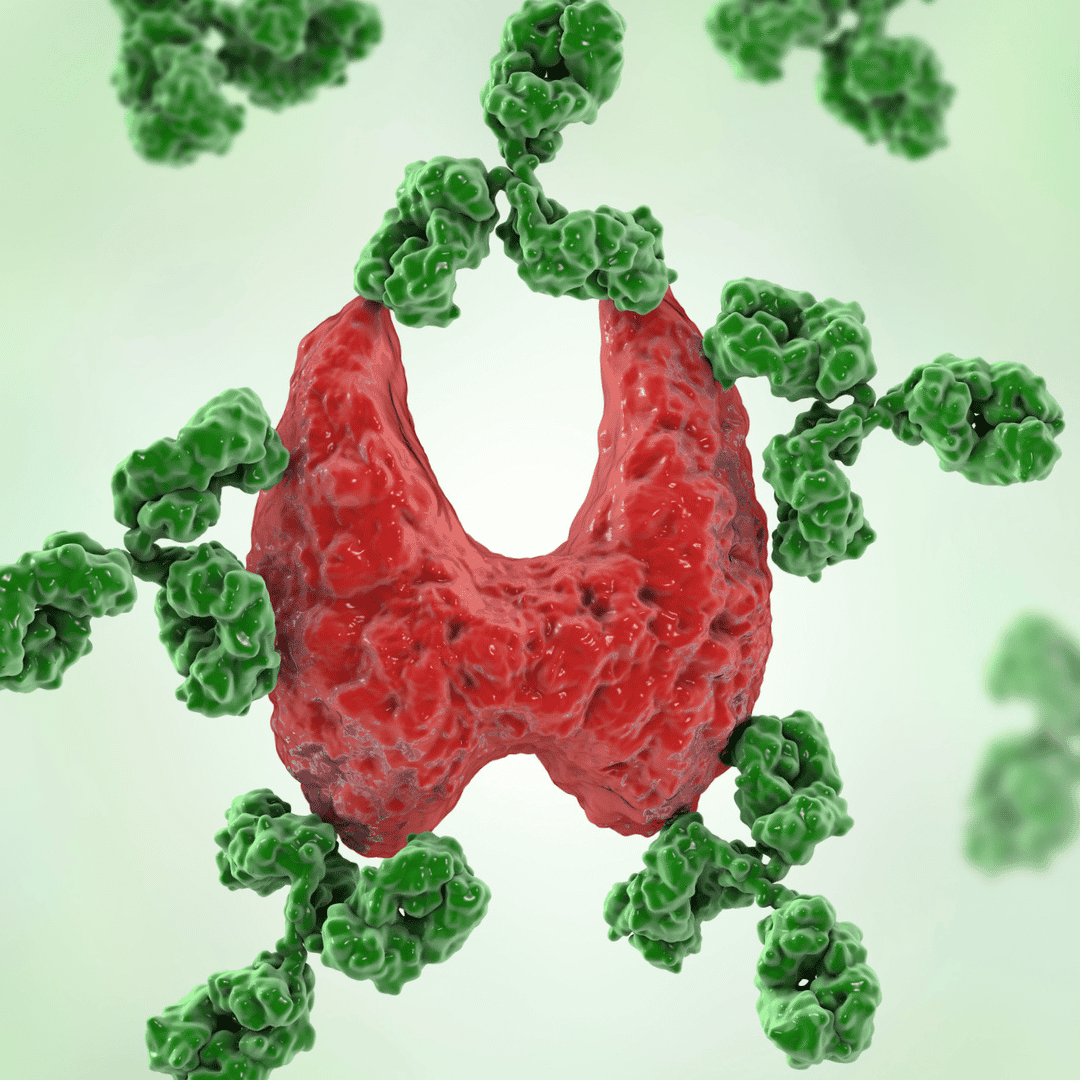





.png)
.png)
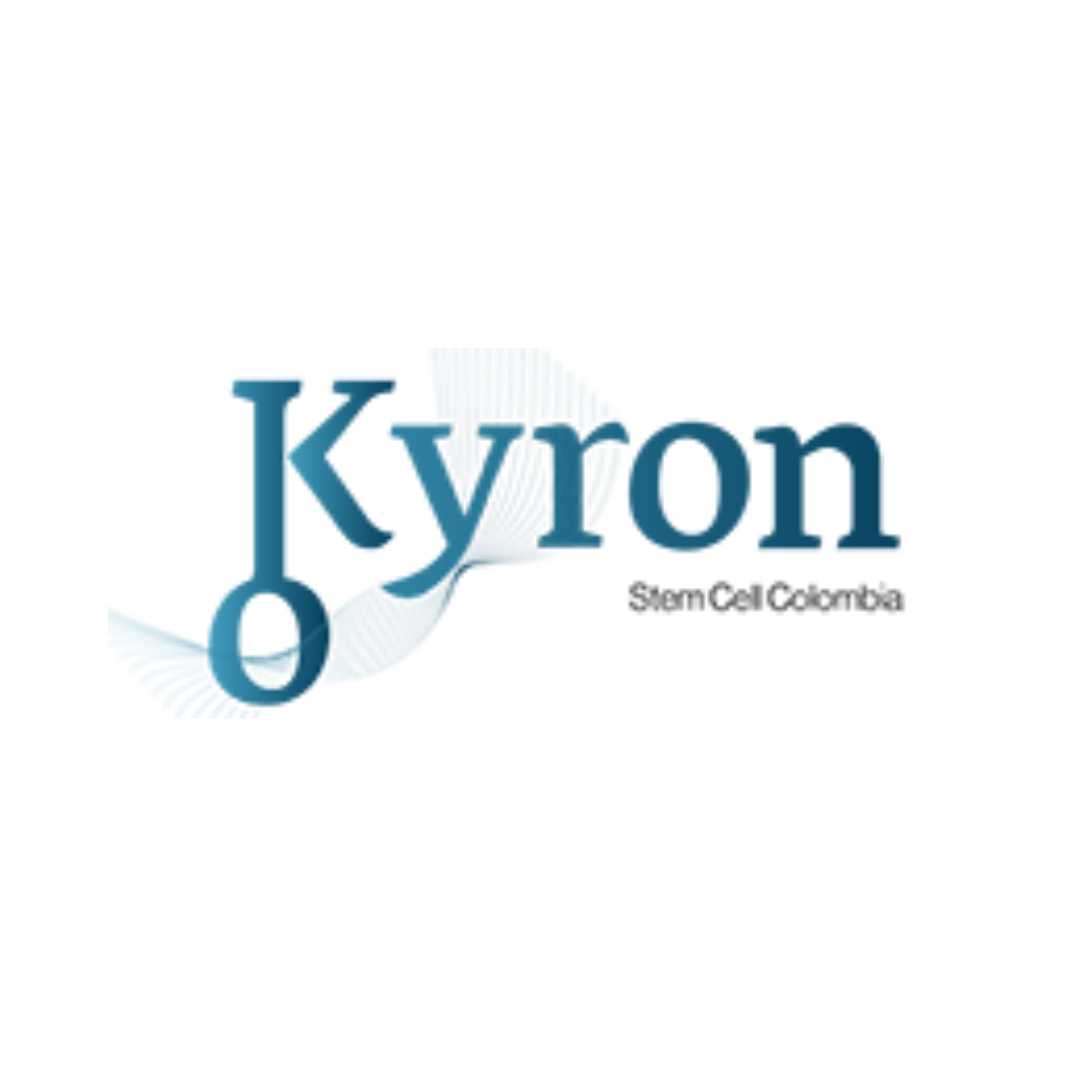


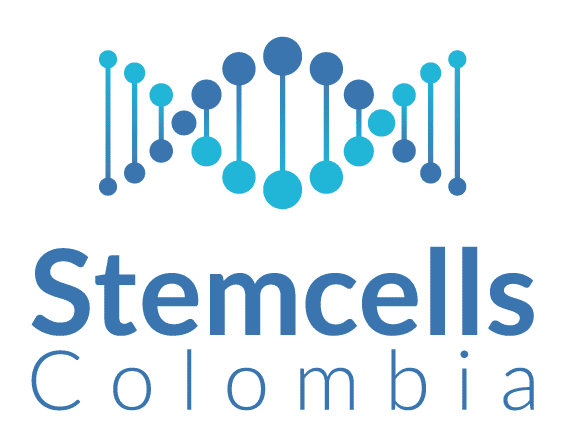
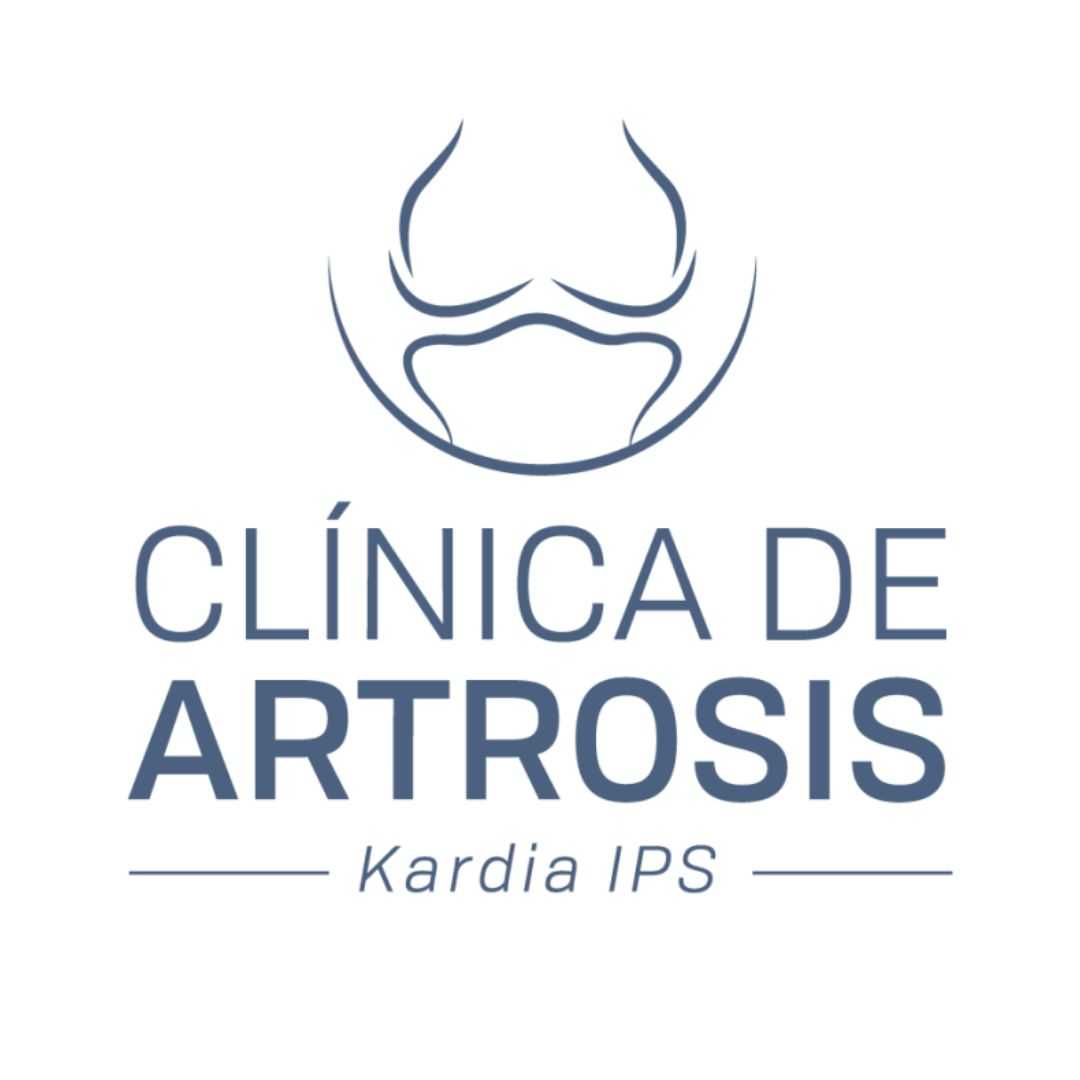

Share this listing